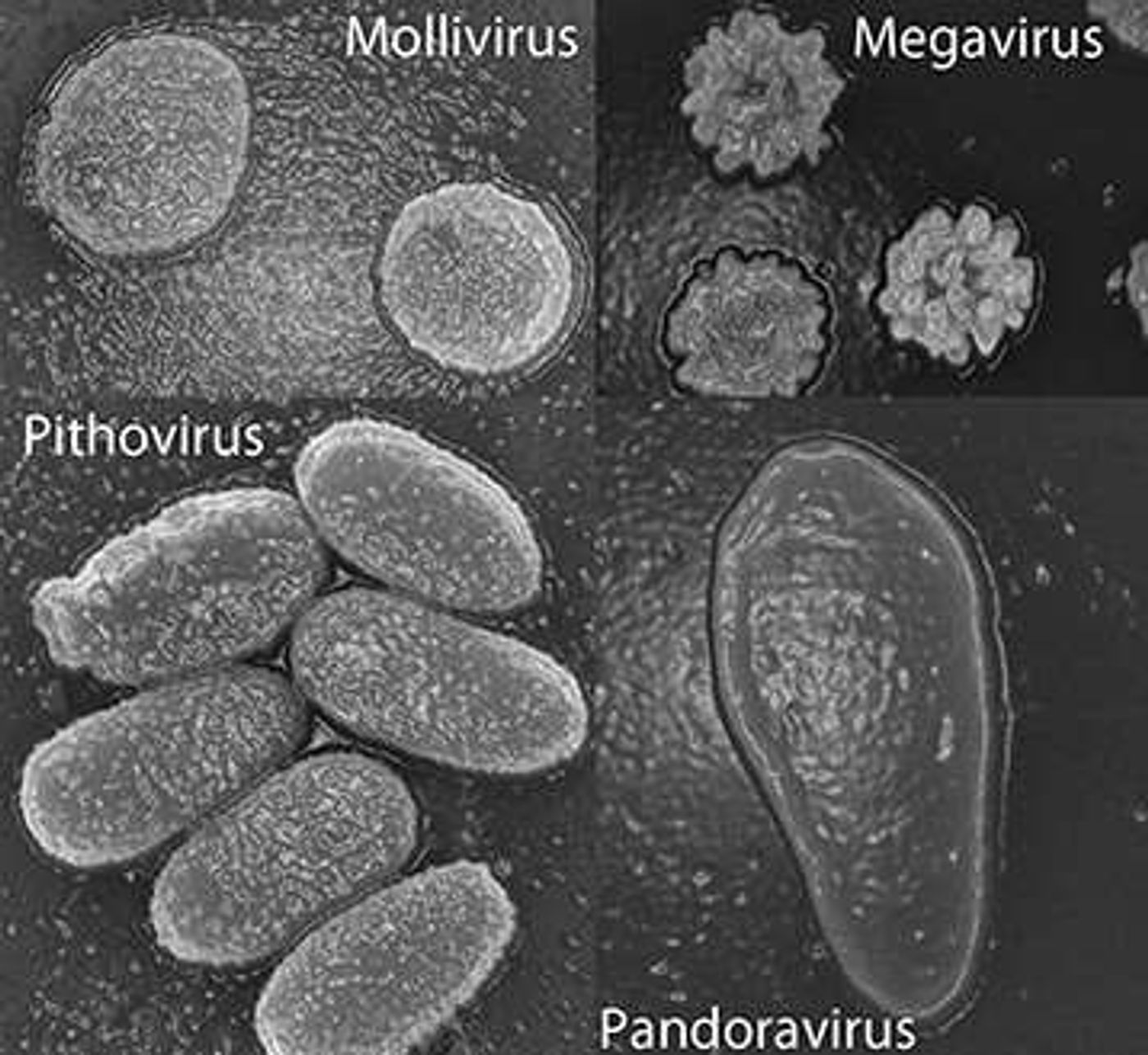As Siberia experiences warming temperatures and its ice melts, things are starting to emerge from what was once permafrost. One thing that has surfaced is viruses. Again, researchers report a giant virus unearthed in the Siberian wasteland.
Publishing in the Proceedings of the National Academy of Sciences, scientists in France have reported the discovery of Mollivirus sibericum. Since 2003, this is the fourth type of prehistoric virus found, and the second this team has identified. The researchers plan to bring the virus back to life, after verifying of course, that it does not pose a threat to animals or humans. The last time this happened, it geenrated quite a few headlines, as seen in the video above.
M. sibericum is a type of giant virus. In order to receive that designation, a virus must be more than half a micron, or a thousandth of a millimeter/0.00002 inches, long. This so named soft virus from Siberia is 0.6 microns in length.
The researchers warn that climate change is likely to bring lots of things into our world that Earth hasn’t had to deal with for thousands of years, so there is no way to know what the effects might be. Arctic and sub-Arctic regions are warming at twice the rate of the global average, making areas like Siberia especially vulnerable. People and corporations hoping to exploit these developments for profits are expected to move into the area to extract minerals. Microscopic pathogens might reside in some of these places.
"A few viral particles that are still infectious may be enough, in the presence of a vulnerable host, to revive potentially pathogenic viruses," Jean-Michel Claverie, one of the lead researchers, told Agence France-Presse.
"If we are not careful, and we industrialise these areas without putting safeguards in place, we run the risk of one day waking up viruses such as small pox that we thought were eradicated," he added.
Claverie’s team plans to use a single-celled amoeba to host the virus in an attempt to revive it. Their lab at France's National Centre for Scientific Research (CNRS) was used to bring another virus back to life in 2013. That virus, called Pithovirus sibericum, was also found at the same location. Their success with that experiment has prepared them well.
Interestingly, these giant viruses that date from the Ice Age are quite complex, and far more so than scientists expected. For example, Influenza A has 8 genes compared to the 500 genes of M. sibericum. Pandoravirus, another family of giant viruses that was discovered in 2003, has 2,500 genes.
One tidbit about viruses: the CDC resurrected the deadly Spanish flu virus from the frozen lungs of a body in Alaska in 2004. They were able to retrieve genetic material from the samples, in an attempt to understand what made it so virulent.
Sources:
Phys.org,
PNAS









